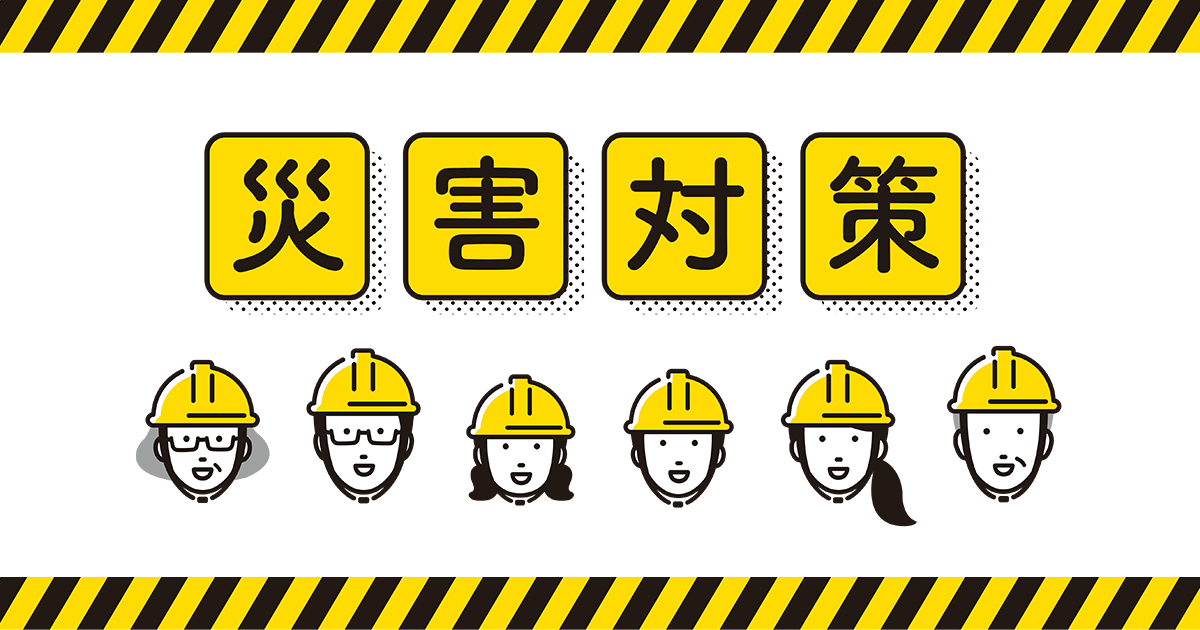英文を和訳して下さい。
The Treaty of Sèvres (French: Traité de Sèvres) was one of a series of treaties that the Central Powers signed after their defeat in World War I. Hostilities had already ended with the Armistice of Mudros. The treaty was signed on 10 August 1920, in an exhibition room at the Manufacture nationale de Sèvres porcelain factory in Sèvres, France.
The Sèvres treaty marked the beginning of the partitioning of the Ottoman Empire, and its dismemberment. The terms it stipulated included the renunciation of all non-Turkish territory and its cession to the Allied administration. Notably, the ceding of Eastern Mediterranean lands allowed the creation of new forms of government, including Mandatory Palestine and the French Mandate for Syria and the Lebanon.
The terms of the treaty stirred hostility and nationalist feeling amongst Turks. The signatories of the treaty were stripped of their citizenship by the Grand National Assembly led by Mustafa Kemal Atatürk, and this ignited the Turkish War of Independence. In that war, Atatürk led the Turkish nationalists to defeating the combined armies of the signatories of the Treaty of Sèvres, including the remnants of the Ottoman Empire. In a new treaty, that of Lausanne in 1923, Turkish sovereignty was preserved through the establishment of the Republic of Turkey. George Dixon Grahame signed for the UK, Alexandre Millerand for France, and Count Lelio Bonin Longare for Italy. Avetis Aharonian, the President of the Delegation of the First Republic of Armenia, which had signed the Treaty of Batum on 4 June 1918, was also a signatory. One Allied power, Greece, did not accept the borders as drawn, mainly due to the political change after the Greek legislative election, 1920, and never ratified the treaty.
There were three signatories for the Ottoman Empire: ex-Ambassador Hadi Pasha, ex-Minister of Education Rıza Tevfik Bölükbaşı, and second secretary of the Ottoman embassy in Bern, Reşad Halis.
The Russian Soviet Federative Socialist Republic was not a party to the treaty because it had negotiated the Treaty of Brest-Litovsk with the Ottoman Empire in 1918. In that treaty, at the insistence of Grand Vizier Talaat Pasha, the Ottoman Empire regained the lands the Russian Empire had captured in the Russo-Turkish War (1877–78), specifically Ardahan, Kars, and Batumi.
The Treaty of Versailles was signed with the German Empire before the Sèvres treaty, and it annulled German concessions in the Ottoman sphere, including economic rights and enterprises. Also, France, Great Britain and Italy signed a secret "Tripartite Agreement" on the same date. The Tripartite Agreement confirmed Britain's oil and commercial concessions, and turned the former German enterprises in the Ottoman Empire over to a Tripartite corporation.
The Treaty of Sèvres セーヴル条約






















お礼
回答ありがとうございました。